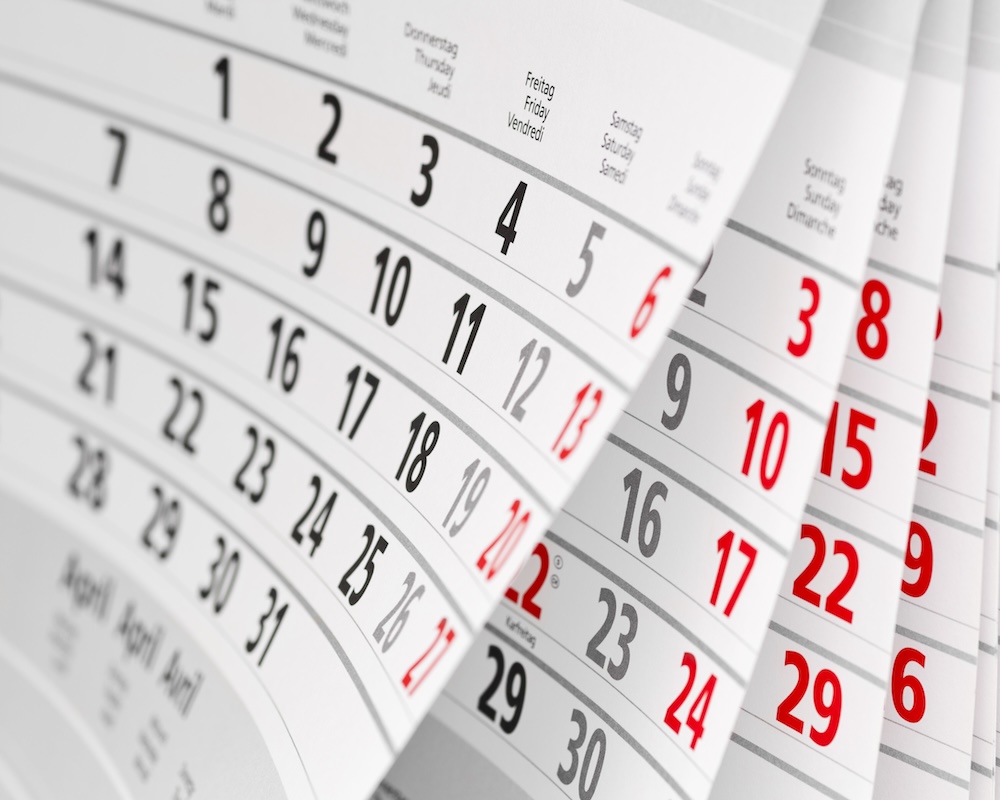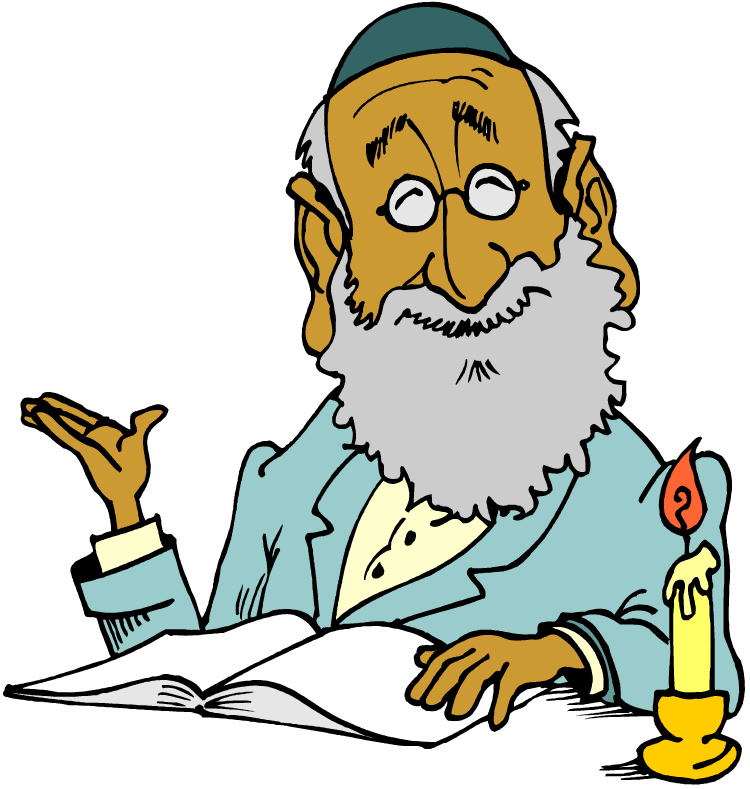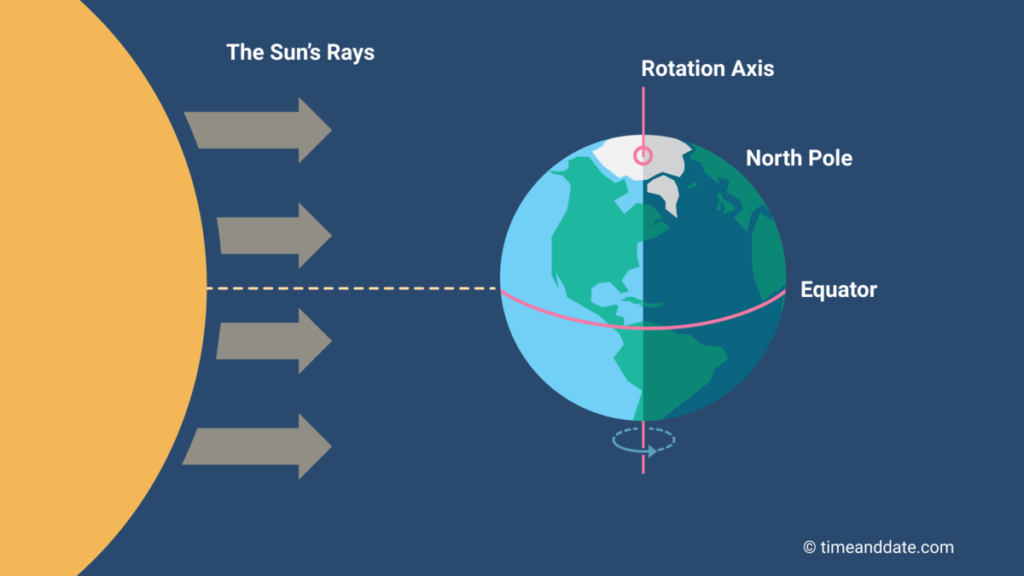
What Calendar Did Yeshua Follow?
So which calendar is the true calendar of the Bible? As of this writing, there are three calendars vying for this distinction. They are:
- The rabbinc Jewish or Hillel 2 calendar, which originated in ca. A.D.
- 359–360 as the last act of the last Jewish Sanhedrin and was approved and sanctioned by Roman emperor Constantine. (For more information on the history of this calendar, go to https://www.hoshanarabbah.org/pdfs/new_moons.pdf.)
- The aviv barley/new moon calendar (for more information on this calendar, read my online teaching at https://www.hoshanarabbah.org/pdfs/caldemyst.pdf and https://www.hoshanarabbah.org/pdfs/vis_moon.pdf).
- The vernal equinox calendar.
- There are several other fringe calendars (e.g., the Noah calendar, the Enoch calendar, the Zadok Qumran calendar as well as several other Essene calendars) that have caught the attention of some Bible students that are totally unsupported biblically; therefore, we won’t even take the time even to address them.
In previous articles, we have discussed the Hillel 2 calendar above, which most of Rabbinic Judaism currently follows and was sanctioned in A.D. 360 by Roman Emperor Constantine. However, this was not the calendar that the biblical Jews used in the time of Yeshua. We know that Yeshua used the same calendar as that of mainstream Judaism of his day. This is evident from the Gospel, the Book of Acts record and from the writings of Paul, since Yeshua and his disciples observed biblical feast days (e.g., Passover, Atonement, Pentecost, the Feast of Tabernacles) on the same day as the Jews.
The next calendar, the abib/aviv barley, visible new moon calendar, which is the one that this ministry follows for the reasons given in the article links provided above. We also believe and have proven from the Bible and ancient records that this is the calendar of mainstream biblical Judaism as well as of Yeshua and the first century saints.
The last calendar is the vernal equinox calendar, which looks to the vernal or spring equinox to determine the beginning of the new biblical year and, hence, the dates for the biblical feasts, while ignoring the abib/aviv barley growing in the land of Israel. This is what we want to discuss below. Many modern believers, in frustration over calendar controversies and in light of the confusing nature of the subject itself, have thrown up their hands in frustration and have chosen simply either to follow the traditional rabbinic or Hillel 2 calendars, or to base the biblical calendar on the spring equinox. For example, the Christians church uses the spring equinox to determine the date of Easter. But is this how the Bible and the first century Jews determined the biblical new year and festival dates? This is the question we’ll answer below.
Overview of the Biblical Jewish Calendar

The calendar that the rabbinc Jews use today is a modified version of the one used at the time of Yeshua and the apostles in the first century and originates from ca. A.D. 360. It was the opus maximum or life work of a Jewish sage named Hillel 2 (A.D. 330–365, Encyclopedia of the Jewish Religion, by R. J. Zwi et al, p. 78, Holt et al; 1966). Up until that time, the entire Jewish diaspora (Jews living outside the Holy Land) depended upon the Judean Sanhedrin (the ruling Jewish body of elders in Jerusalem) to determine the calendar and legal observance of the annual biblical Sabbaths. Yet because of the persecution in the Roman world against the Jews, the messengers from Judea were often menaced or threatened as they attempted to convey calendric rulings from Judea to Jewry in the diaspora. This presented a perplexing problem for synagogues in distant lands such as Babylon or Egypt that depended upon news from Judea to determine their calendar, and hence feast day observances. “But as the religious persecution continued, Hillel determined to provide an authorized calendar for all time to come, though by doing so he severed the ties which united the Jews of the Diaspora to their mother country and to the patriarchate” (Dictionary of Ancient Rabbis, by Jacob Neusner, p. 200, Hendrickson; 2003). This is a brief explanation of the origins of the modern rabbinc Jewish calendar.
By contrast, and in contradistinction to the rabbinc calendar, the Torah-Word of Elohim states that the new year should start on the month when the barley was green in its head (i.e., abib/aviv) and at the sighting of the crescent new moon (Exod 9:31; 12:1–2; 13:4, for more information on this calendar, read my online teaching at https://www.hoshanarabbah.org/pdfs/cal_demyst.pdf and https://www.hoshanarabbah.org/pdfs/vis_moon.pdf). This determines the entire calendar for the upcoming year including when to observe YHVH’s commanded annual feasts (Lev 23). In an effort to be faithful to YHVH’s Word, the Jewish sages of the Second Temple era established elaborate rituals and protocols to determine when the new moon had occurred. (This information is available from ancient Jewish sources, and I reference them in my articles on the subject at https://www.hoshanarabbah.org/teaching.html#feast.)
The Vernal Equinox in Determining Passover

Up until the second century A.D., the rabbinic Jews in fact followed the abib barley calendar as I document in my other (earlier referenced) calendar articles. True, the Jews supplemented the observance of the barley with astronomical observances as well (e.g., the equinox, which they learned from the Babylonian astrologers) along with other natural spring phenomenon. Nevertheless, their ancient writings reveal that a recognition that the barley has preeminence for determining the year. A Jewish Torah scholar or sage (a second century Tanaitic source) says in the Babylonian Talmud,
Our [sages] taught, based on three things is the year intercalated: on the abib, on the fruits of the trees, and on the equinox. Based on two of them the year is intercalated but based on one of them alone the year is not intercalated. And when the abib is one of them everyone is pleased. (Bavli Sanhedrin 11b; from http://www.Karaite-Korner.org/abib_faq.shtml#rabbanites_and_abib)
Another Jewish sage declares,
Our [sages] taught [that] the year is intercalated based on [the abib in] three regions: Judea, Transjordan, and Galilee. Based on two of them the year is intercalated but based on one of them alone the year is not intercalated. And when Judea is one of them everyone is pleased because the omer [wave-sheaf] offering can only come from Judea. (Bavli Sanhedrin 11b; ibid.)
These quotes from the Babylonian Talmud reveal that the Jews in Babylon (outside the land of Israel) used other factors (i.e., the fruit trees and the vernal or spring equinox in addition to the abib barley) to determine the biblical calendar. This is because Babylon was hundreds of miles north and east of Israel, and lacking modern communications abilities and means of rapid travel, it wasn’t easy for the Jews outside the land of Israel to look to the barley and new moon in Israel to calculate the biblical calendar. These are no longer impediments in our modern times of instant communications, so gaining this information is no longer an issue.
The Biblical Calendar and the Vernal (Spring) Equinox
Because of a misunderstanding of how and to what degree, if any, the vernal equinox factored into determining the biblical calendar, some folks are recommending that the vernal equinox be the main factor in establishing the new biblical year.
Continue reading

